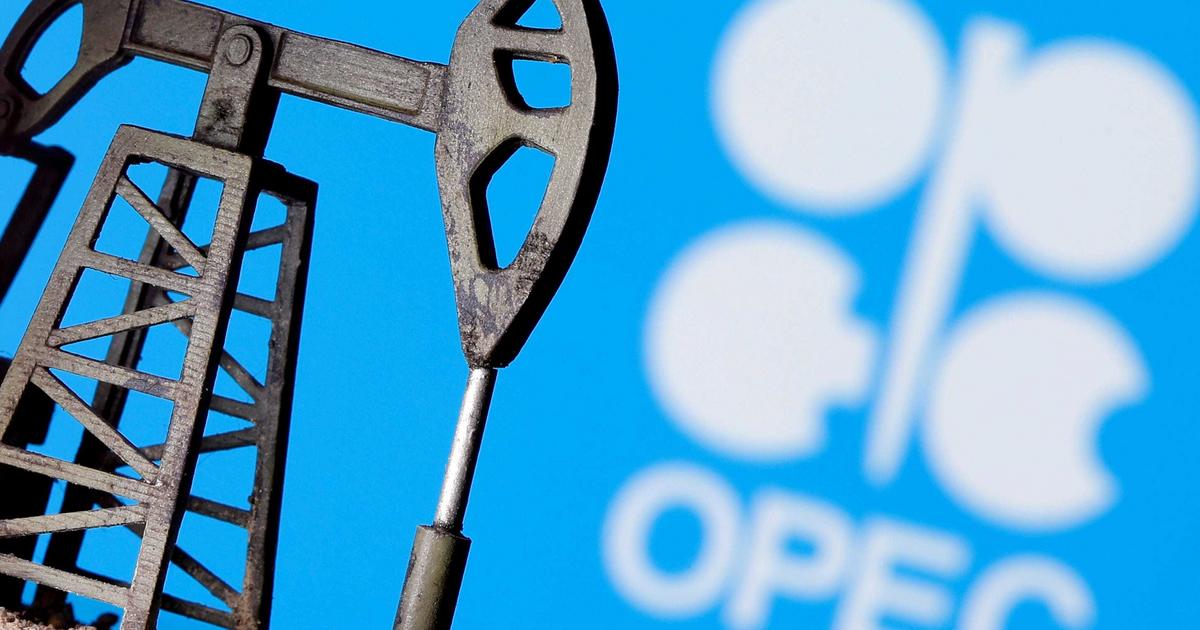Nigeria however has been struggling to meet up with OPEC’s monthly allocation of crude production due to man-made activities like oil theft and institutional decay in the sector.
Data from the MOMR highlighted the steady decline in rig counts from 2019 when the average rig count was 16. The figure further fell to 11 in 2020, and further dipped to seven in 2021.
There was a glimmer of hope in the first quarter of 2022 when the rig count jumped to eight with the revival of one rig.
The second quarter showed better prospects as the rig count jumped to 11 showing a 120% increment when compared on a year-on-year, YoY basis, from five recorded in the corresponding period of 2021.
There was however further decline as it fell to nine in the third quarter of 2022, according to the OPEC data. The rig count witnessed another drop as it fell to seven in September and in October, gained a figure as it rose to eight.
With the steady decrease in rig counts, the country has also witnessed a shortfall of over $15 billion in estimated earnings from losses incurred from under-production. From January to October 2022, Nigeria’s oil production averaged 1.34 million barrels per day.
The 2022 Budget benchmark was fixed at 1.88 million barrels per day, and when the shortfall is calculated, about 161.58 million barrels have been in lost production and with the crude oil price of $95 per barrel, it means the country lost about $15.5 billion.



